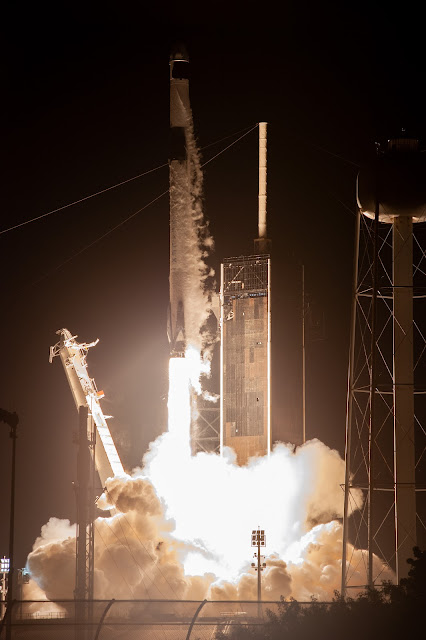NASA Astronauts Moghbeli & O’Hara: New Photos | International Space Station
Moghbeli and O’Hara concluded their first spacewalk on Nov. 1, 2023, after 6 hours and 42 minutes. Moghbeli was designated extravehicular crew member 1 (EV1), was wearing a suit with red stripes. O’Hara, designated extravehicular crew member 2 (EV 2), was in an unmarked suit.
Follow Expedition 70 Updates:
https://blogs.nasa.gov/spacestation/
Expedition 70 Crew
Station Commander: Andreas Mogensen of the European Space Agency (Denmark)
Roscosmos (Russia): Oleg Kononenko, Nikolai Chub, Konstantin Borisov
JAXA: Flight Engineer Satoshi Furukawa (Japan)
NASA: Jasmin Moghbeli, Loral O'Hara (USA)
An international partnership of space agencies provides and operates the elements of the International Space Station (ISS). The principals are the space agencies of the United States, Russia, Europe, Japan, and Canada. The ISS has been the most politically complex space exploration program ever undertaken.
Credit: NASA's Johnson Space Center (JSC)
Image Dates: Oct. 27-Nov. 13, 2023
#NASA #Space #Astronomy #Science #ISS #Earth #HumanSpaceflight #EVA #Spacewalks #Astronauts #LoralOHara #JasminMoghbeli #UnitedStates #Cosmonauts #OlegKononenko #NikolaiChub #Russia #Роскосмос #AndreasMogensen #ESA #Europe #SatoshiFurukawa #JAXA #Japan #SpaceLaboratory #Expedition70 #STEM #Education









.jpg)
.jpg)








.jpg)
APoD.jpg)






Anniversary.jpg)